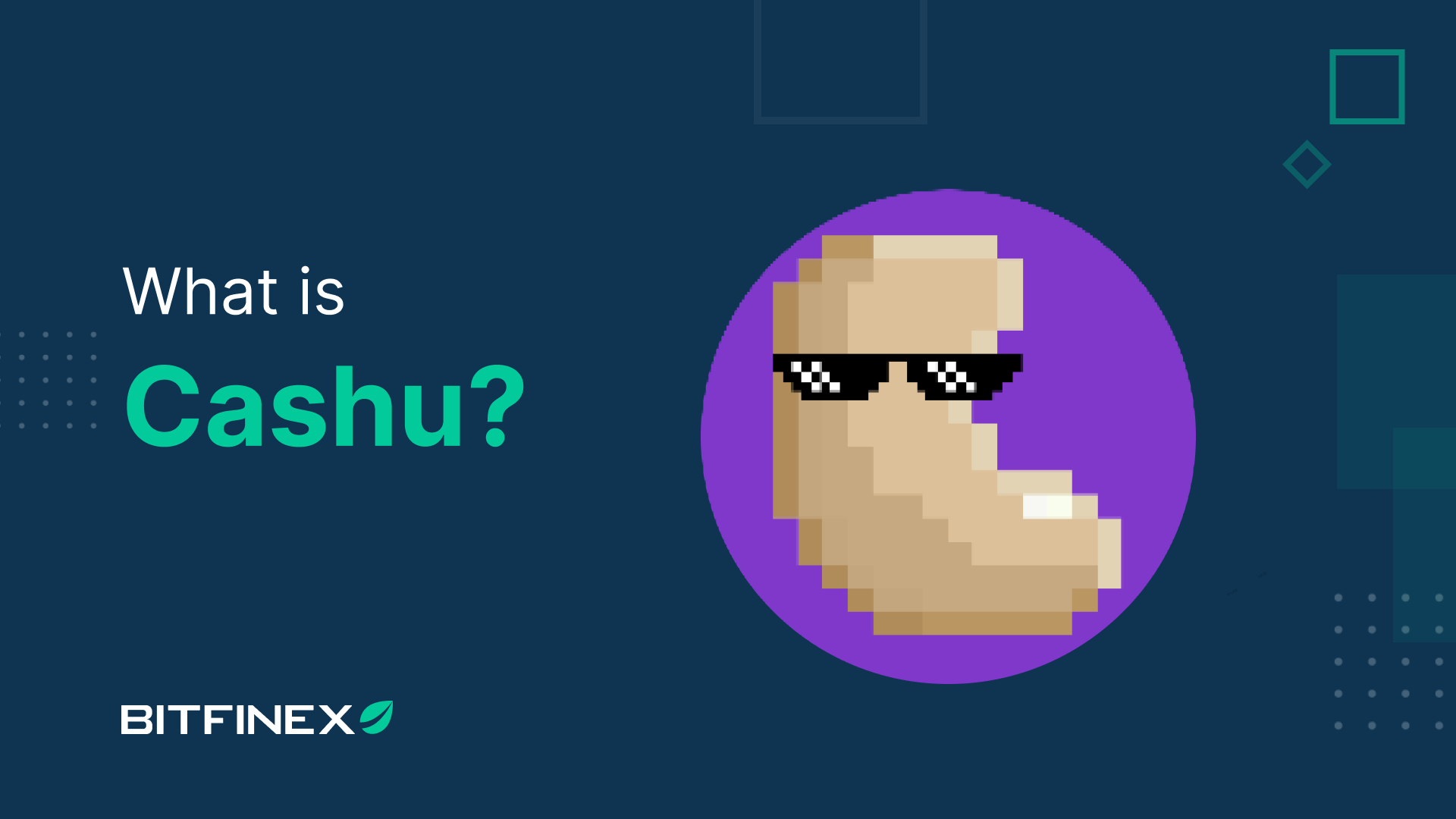
17 Mar Cashu: Chaumian E-Cash & Mints Over Lightning
Cashu is a project for Lightning Network enabled Chaumian e-cash for Bitcoin. Chaumian e-cash is digital cash payment system named after creator David Chaum, a legendary cryptographer, whose pre-Bitcoin, early electronic cash system “Digicash” offered vast improvements in user security and privacy by using cryptography.
Chaumian E-Cash Over Lightning with Cashu
Cashu is an exciting new Layer two Bitcoin project for Chaumian e-cash and mints which enable fast, scalable, totally private, cheap, Bitcoin-backed e-cash transactions. Cashu creates a mint, which issues e-cash tokens on Lightning Network which accepts Bitcoin and uses blinded signatures to mint e-cash tokens, which can be spent, received, transacted with, and eventually redeemed for Bitcoin.
With Cashu, there are no accounts or personal information required, the mint cannot see your balance, tokens, or who you’re transacting with, and you can hold on to your own tokens, (although your Bitcoin is in the mint’s custody). Cashu allows anyone to start a mint, and act as a “bank” which can issue e-cash. Users have the freedom to choose the mint they want to use, and redeem their e-cash tokens for Bitcoin at any given time.
Cashu was created by Calle, a pseudonymous Bitcoin and Lightning Network developer who takes his inspiration for Cashu from David Chaum’s original “Digicash” Chaumian e-cash system which was launched in the 1990s, but which failed to gain traction and mainstream adoption.
To be more precise, Cashu is based on a variant of Chaumian blinding, designed by David Wagner, a student of Chaum, as well as a minicash-based token logic which uses a Blind Diffie-Hellman Key Exchange scheme. Wagner was a student of Chaum’s who made an alternative implementation of e-cash to achieve similar security and privacy guarantees through encryption while avoiding certain patents held by Chaum for Digicash.
Cashu, is similar to another Chaumian e-cash project for Bitcoin known as Fedimint, which employs similar technologies to achieve many of the same goals of improved privacy and scalability, with the key difference being that Fedimint employs federated Chaumian mints, whereas Cashu does not.
Cashu’s model allows anyone to create a mint, and any user to choose the mint they want to use, but the mints are independent of each other and do not federate as in Fedimint. Cashu users can easily use multiple mints, depending on the mint’s reputation, cost, convenience, or other factors and incentives.
What Advantages Does Chaumian E-Cash Provide for Bitcoin?
Cashu sets the stage for several important and key benefits which standard on-chain Bitcoin or Lightning Network transactions do not possess. Cashu’s e-cash makes some tradeoffs to achieve private, secure, scalable, cheap transactions. The main trade off is that users must deposit Satoshis with the mint in order to mint e-cash, so it’s a custodial wallet design, although a custodial design with far less trust assumptions than are normally required for custodial wallets.
Once a user deposits their Bitcoin with the mint and creates e-cash tokens, the mint itself has no way of knowing the number of users, who they are, their account balances, or their transaction histories. Cashu users can also pay to and receive from regular Lightning Network wallets with on-chain capabilities coming soon. Additionally, Cashu e-cash transactions are cheap, highly scalable and without limitations.
Cashu is a new project, which is still in an early stage of development, so improvements are constantly being implemented, and users should bear this in mind if they plan to use it with real money. That being said, it is one of the most exciting new projects which tackles Bitcoin’s privacy and scalability issues, from a new angle.
Cashu’s e-cash offers some differences to custodial Lightning wallets from both a privacy and security perspective. Currently, custodial Lightning Wallets, while instant and cheap, could censor a user’s transactions if motivated or compelled, as well as monitor transaction data and spending habits. With e-cash, this isn’t possible as mints don’t know anything about amounts or senders and recipients.
Cashu also offers comparable speed and cost benefits similar to Lightning transactions, so payments are instant, and unfairly cheap, but with more privacy. When contrasted against non custodial Lightning wallets, Cashu’s e-cash still offers several advantages from a usability point of view. There’s no need to manage channels and inbound/outbound liquidity, or deal with channels being unilaterally closed by liquidity partners.
Calle, Cashu’s creator also envisions a future where Cashu is a protocol which can easily be added to a wide range of Bitcoin wallets and services, to make e-cash, mint, and Lightning Network integrations more seamless. Cashu offers various advantages that could lead to widespread adoption in commerce applications and use cases.
Cashu’s improved usability greatly simplifies the layer two experience for Bitcoin most users are accustomed to through Lightning Network, and enhances the level of privacy and security experienced by custodial Lightning wallet users in the vast majority of custodial Lightning wallets available today.
It may be a much better and simpler way to offer a Lightning-like Bitcoin user experience to non-technical users who just want to use Bitcoin to buy and sell stuff online, without the headaches of running a Bitcoin and Lightning Network node, and managing channels and liquidity on their own.
Cashu and other e-cash implementations like Fedimint have tremendous potential for greatly improving the Bitcoin circular economy by easing the learning curve currently experienced by Bitcoin users trying to adopt layer two technologies like Lightning Network.
Whether Bitcoin wallets, businesses, and services begin to support Cashu or other e-cash schemes for Bitcoin remains to be seen. Will e-cash revolutionise Bitcoin this time around, or will its momentum sputter and fizzle out as it did almost 30 years ago when David Chaum endeavoured to bring Digicash to the public in the 1990s?



